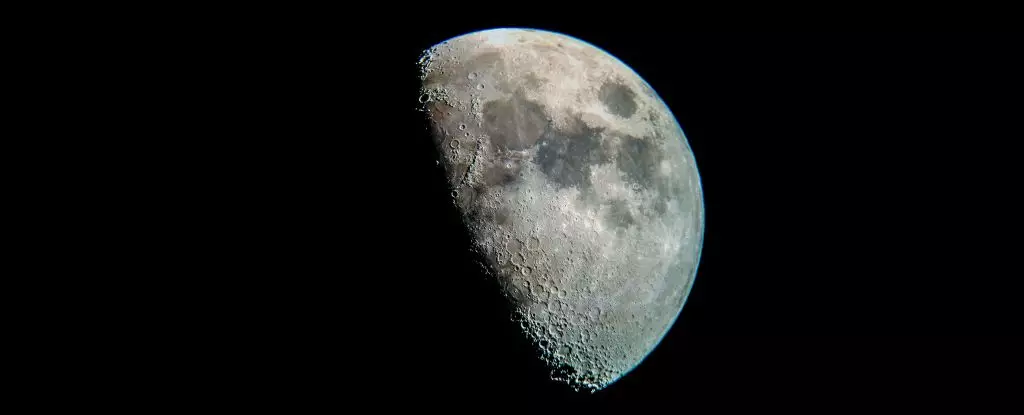Recent scientific investigations have profoundly shifted our perspective on one of the most enigmatic celestial bodies in our Solar System: the Moon. Discarding age-old myths—including the whimsical notion that the Moon is made of green cheese—research conducted in May 2023 revealed that the Moon possesses a solid inner core resembling iron in density. This groundbreaking finding, led by a team of researchers including astronomer Arthur Briaud from the French National Centre for Scientific Research, aims to solve a long-standing debate concerning the Moon’s internal structure and its evolutionary narrative, ultimately providing clearer insights into the history of both the Moon and the Solar System.
The core of this investigation into the Moon’s composition was driven by seismic data—the study of acoustic waves generated by lunar quakes. By analyzing how these waves travel through and bounce off various materials within the Moon, researchers can effectively map its internal structure. While data from the historic Apollo missions provided a baseline, its resolution lacked the precision necessary to reach definitive conclusions about the state of the Moon’s inner core. It was widely acknowledged that a fluid outer core exists, but the nature of what lies beneath remained contentious.
To bridge these information gaps, Briaud and his colleagues incorporated data from both contemporary space missions and lunar laser-ranging experiments. This comprehensive approach allowed them to evaluate key lunar characteristics, such as its gravitational deformation due to interactions with Earth and variations in distance from our planet—all integral for assembling a detailed profile of the Moon’s inner structure.
Through this extensive modeling, the researchers made a series of compelling discoveries. Notably, the models suggested an active overturn within the Moon’s mantle, illustrating how denser materials sink toward the center while lighter materials ascend. This phenomenon not only aligns with existing theories to explain the elemental distribution in the Moon’s volcanic regions but also significantly strengthens the case for an active internal process shaping the Moon’s geology.
Interestingly, the research also drew parallels between the Moon’s core and Earth’s core, suggesting a structure comprising a solid inner core surrounded by a fluid outer layer. The estimated measurements indicate that the outer core spans approximately 362 kilometers (225 miles) in radius, while the inner core measures about 258 kilometers (160 miles). This represents about 15% of the Moon’s entire radius, with an inner core density approximating 7,822 kilograms per cubic meter, closely mirroring iron’s density.
The validation of earlier findings from 2011, led by NASA planetary scientist Renee Weber, adds further credibility to these results. Weber’s team had previously suggested a similar lunar structure, identifying a solid inner core radius of about 240 kilometers and a density near 8,000 kilograms per cubic meter. This consistency between studies not only bolsters the argument for an Earth-like lunar core but also hints at potential interconnected histories between our planet and its natural satellite.
The implications of these findings extend beyond mere geological knowledge; they touch upon the historical magnetic field sensitivity of the Moon. Notably, researchers have identified that shortly after its formation, the Moon exhibited a significant magnetic field, which began to wane approximately 3.2 billion years ago. Understanding the composition and dynamics of the Moon’s core will provide crucial insight into the genesis and evolution of its magnetic field—a process driven by core motion and convection.
With renewed interest in lunar exploration, including future manned missions, the prospects of verifying these findings with seismic data could be on the horizon. As humanity prepares to re-engage with the Moon, scientists eagerly anticipate the opportunity to gather firsthand data that could corroborate the theoretical models developed in recent years.
The recent elucidations regarding the Moon’s inner structure mark a significant leap in our understanding of one of Earth’s closest companions. Laying to rest old misconceptions, the evidence of a solid inner core has vast implications not only for lunar studies but also for our broader understanding of planet formation and evolution in the Solar System. As we stand on the brink of renewed exploration, the promise of unraveling further mysteries awaits just beyond the lunar surface.


Leave a Reply